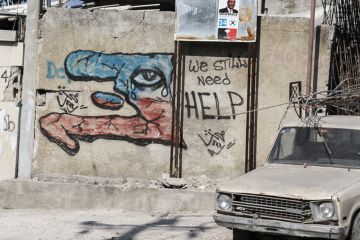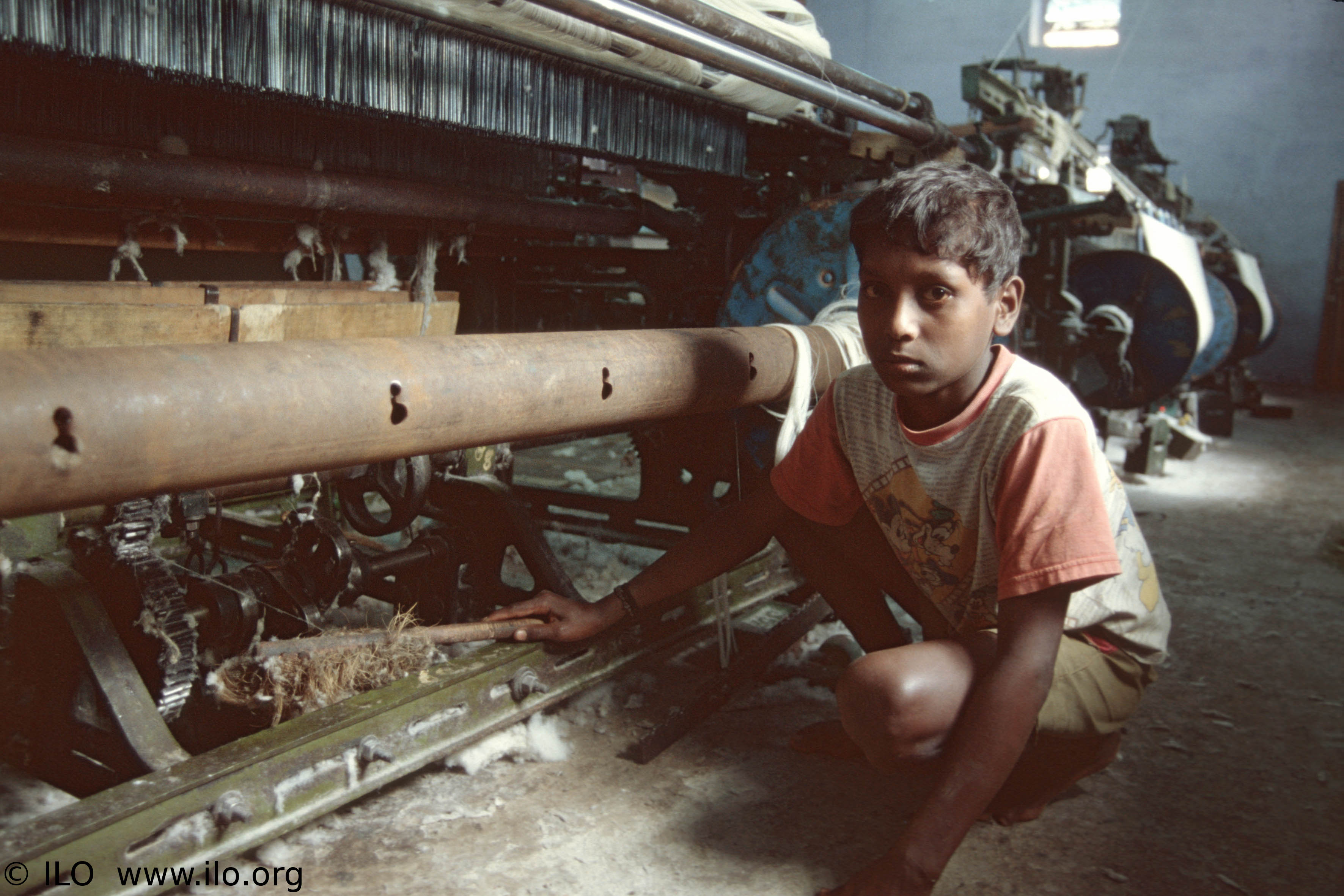The Indian government has gone to great lengths to maintain control of Kashmir. Laws have been implemented that confer vast power to the military deployed in “disturbed areas” of the country, causing a dramatic escalation in human rights abuses. While the media does pay attention to heated rhetoric exchanged between Indian and Pakistani politicians and the ever-present cross-border skirmishes, the stories of rape, murder and disappearances at the hands of the Indian army often go untold.
Ever since the British left South Asia, India and Pakistan have been mired in conflict over the mountainous region of Kashmir. Since 1947, it was carved up by the nuclear powers – India, Pakistan and China – with which it shares borders. Kashmir was one of about 560 princely states ruled by a Hindu ruler owing allegiance to Britain. At partition, the ruler had to join either of the two new dominions, India or Pakistan. The ruler had imposed crippling taxes on residents, causing tribesmen from Pakistan’s northwest frontier to form an insurgency with the support of the Pakistani government. With few options for protection, the ruler requested armed assistance from the government in India. The Indian government agreed, on condition that he acceded to India. This led to the first of three wars over Kashmir. Eventually, ceasefire was called upon, both countries were asked to withdraw troops from the area and an internationally supervised plebiscite was to be held for Kashmiris to decide whether they wanted to join India or Pakistan. Elections took place instead of a referendum, which allowed India to lay claim to Kashmir via its electoral system.
After the 1987 election, Muslim political parties in the Kashmir valley complained that elections were rigged against them and formed militant wings. Some demanded independence for the state, while others called for a union with Pakistan. The government of Pakistan gave its “moral and diplomatic” support to the movement, while India claims that their support consisted of training and supplying weapons to empower insurgencies. It is alleged that Pakistan has embraced guerilla style warfare comprising of low-intensity conflicts, cross-border terrorism, infiltration, and cease-fire violation to keep the Kashmir dispute alive.
To combat the rise of insurgencies, the number of Indian soldiers present in Kashmir spiked from 150,000 to 700,000, rendering it one of the highest civilian to soldier ratios in the world. Additionally, the government mandated the Indian army special powers to “quell insurgencies”. The Armed Forces Special Powers Act (AFSPA), Public Safety Act, and Terrorist and Disruptive Act are among the laws that provide unchecked privilege to the army, inadvertently enabling the suppression of civil liberties and violation of Kashmiri rights. The AFSPA states that, “no prosecution suit or other legal proceeding shall be instituted, except with the previous sanction of the Central Government, against any person in respect of anything done or purported to be done in exercise of the powers conferred by this Act”. The armed forces have taken full advantage of the impunity bestowed upon them.
On the night of February 23rd, 1991, the lives of the villagers of Konan and Poshpora changed forever. Masquerading as a “search and cordon operation to catch militants”, 125 soldiers laid siege over the twin villages. Utilizing the most potent tool of repression in theatres of political conflict, they proceeded to rape and assault more than 50 women aged between thirteen and sixty. On another night in 1992, nine women were gang raped by Indian troops as they conducted a “search operation for suspected militants.” There are numerous documented accounts of the Indian army perpetrating heinous crimes against the residents of Kashmir. International human rights groups such as Amnesty International and Human Rights Watch have detailed the horrors inflicted on Kashmiri residents by the Indian military in various reports imploring the Indian government to investigate the matter. Reports also assert that the death toll has reached around 50,000 since 1990. However the government dismisses any allegations of wrongdoing.
The parliamentary organization Press Council of India was requested to investigate the Konan-Poshpora incident, which began three months after it had taken place. Interviews with alleged victims were held and medical examinations were conducted, only for the charges of rape to be casually brushed away. The Council displayed eagerness to dismiss any evidence contradicting the government’s version of the events. They also deemed the rape charges a huge hoax orchestrated by insurgent groups that seek to inscribe Kashmir on the international agenda as a human rights issue. By this it would seem as though India is more concerned about its public image rather than the wellbeing of its ‘claimed’ citizenry. If the central government of India refuses to acknowledge human rights abuses, let alone admit that there are laws in the Indian constitution that indemnifies the military, the people of Kashmir are left helpless.
The current Modi government has sought to engage Kashmiri’s directly by offering them development, employment and good governance, in order to keep separatists and Pakistan at bay. This approach fits perfectly with Modi’s grand plans to “develop” the nation, but completely ignores the disillusionment of the Kashmiri people, what with the AFSPA still in effect. Clearly, a political solution is nowhere close to being worked out between the two nuke-toting countries. What must be prioritized is addressing the structure of systematic violence that Kashmiris have been enduring for the past two decades, starting with repealing the laws that grant impunity to the Indian military.
Sources
http://thediplomat.com/2015/03/narendra-modis-grand-plan-for-kashmir/
http://thediplomat.com/2015/07/indias-controversial-armed-forces-special-powers-act/
- Mohiuddin, Lubna. “Human Rights Violations: A Case Study of Kashmir.” Pakistan Horizon2 (1997): 75-97. JSTOR. Web. 16 Dec. 2015.
- Swami, Praveen. “Kashmir: Fewer Troops, More Peace.” The Hindu. 20 Jan. 2014. Web. 17 Dec. 2015.
- Rape in Kashmir: A Crime of War. New York, NY: Human Rights Watch, 1993. Print.
- Chopra, Anuj”Foreign Policy: Arundhati Roy Should Not Be Silenced.” NPR. NPR, October 2010. Web. 16 Dec. 2015.




